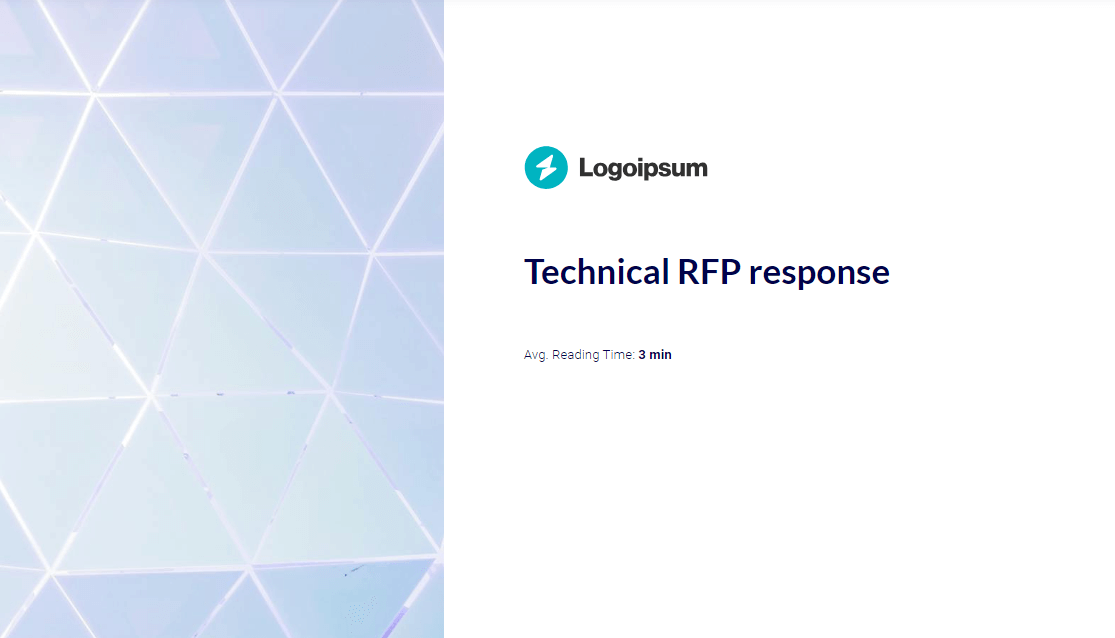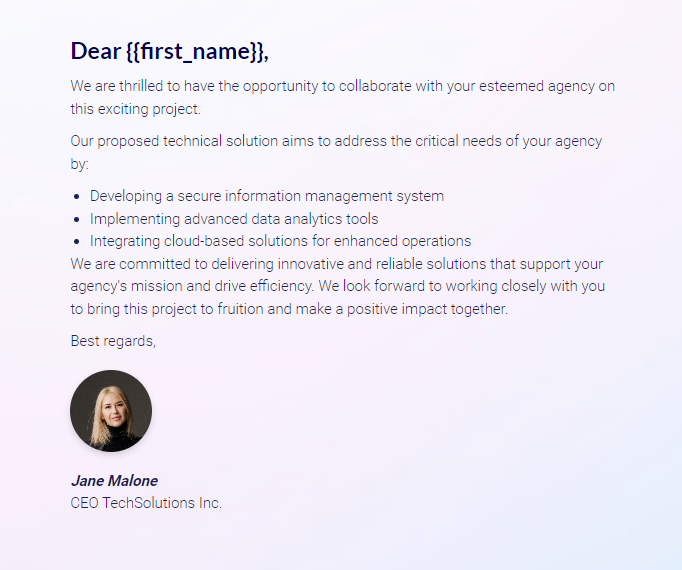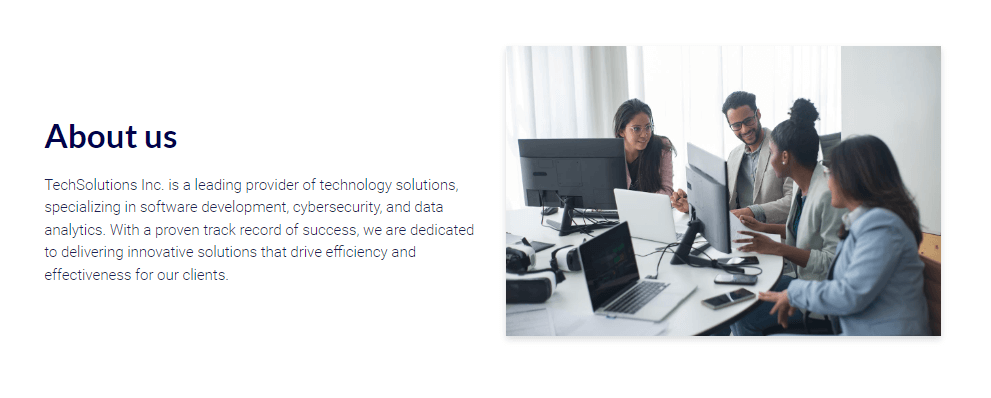2) RFP response cover letter
Think of your response cover letter as a cover letter for a job application—it's your chance to make a great first impression.
In this space, quickly highlight the main points of your proposal. Keep your tone professional but engaging, showing your excitement for the project and the value you can add.
This will provide them with the necessary background on who you are before they learn about the services you plan to offer.
Paul Furiga, a business storytelling expert, recommends framing your RFP response as a compelling story to stand out.
He suggests various narratives such as the founder's story, innovation breakthroughs, significant company growth, or a pivotal shift in company focus—often referred to as a "eureka moment."
But, no matter the story type, it should convincingly answer why someone would choose to engage with your company—whether to buy, work, invest, or partner.
Furiga also suggests talking to people from various departments in your company, from the VP of sales to HR and operations, all the way to the CEO. Their collective perspectives can help create a rich, detailed story about your company.
An example of a cover letter slide:



















